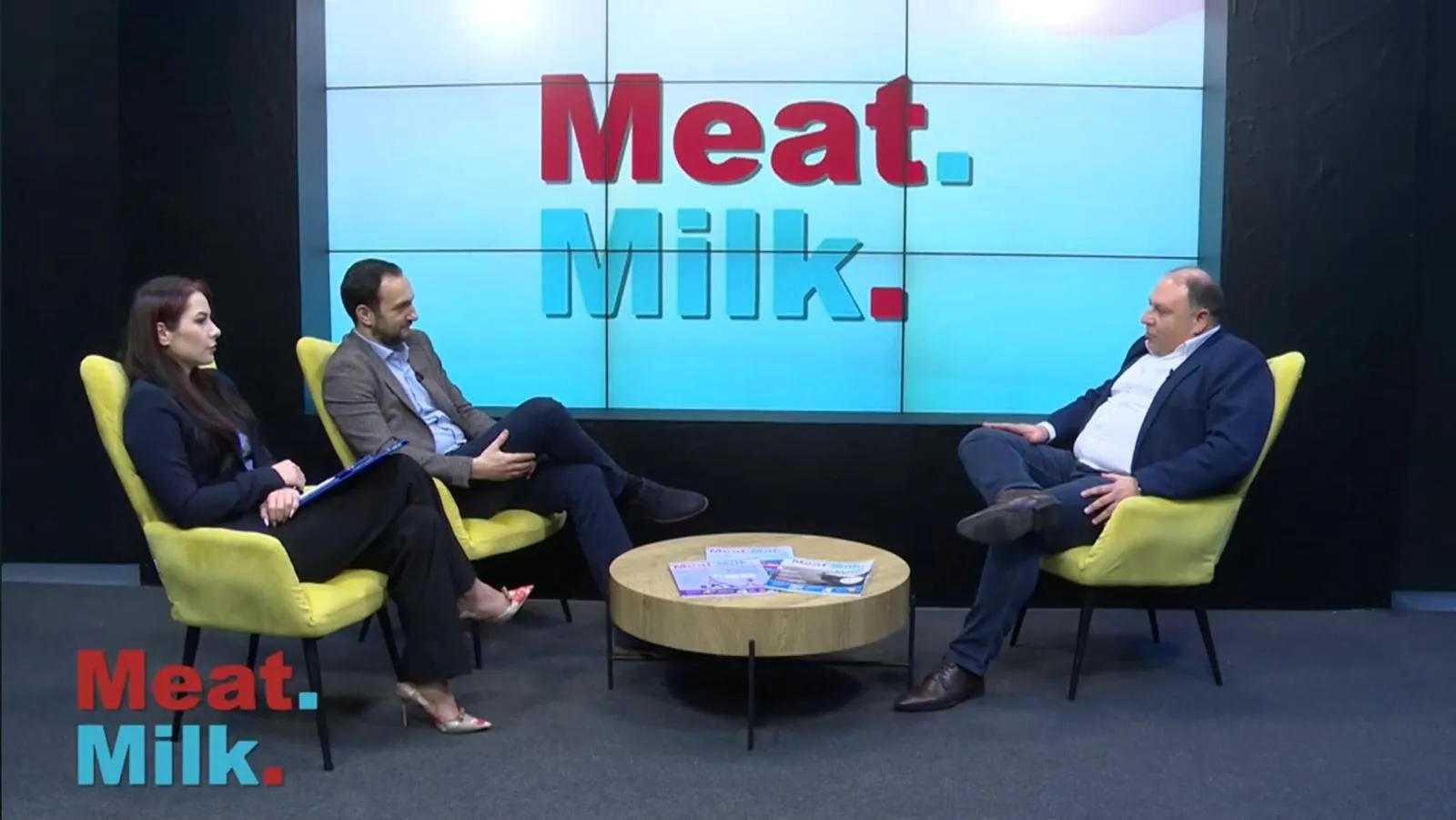543

Mobile slaughterhouses are considered an innovative solution for modernizing the meat industry, especially in areas where infrastructure is lacking or the costs of fixed slaughterhouses are too high. According to a 2024 FAO report, such units have been successfully implemented in countries such as Germany, Sweden, and Canada, contributing to reduced logistical costs and improved hygiene standards.
In Romania, interest in mobile slaughterhouses has increased alongside discussions on traceability and compliance with European standards. According to ANSVSA, over 30% of small and medium-sized farms do not have easy access to an authorized slaughterhouse, which limits their commercial development.
A mobile slaughterhouse can process up to 10–15 head of cattle or 50–70 pigs per day, being equipped with modern sanitation systems and digital monitoring technologies. “Mobile slaughterhouses can solve one of the biggest problems for Romanian farmers: quick and safe access to processing,” said a representative of the Ministry of Agriculture.
The initial costs for purchasing a mobile slaughterhouse are estimated at €250,000–400,000, but they can be covered through European funds available under PNS 2023–2027. In addition, these units reduce the need to transport animals over long distances, which improves animal welfare and meat quality.
The experience of other countries shows that mobile slaughterhouses not only solve a logistical problem but also contribute to creating a short supply chain, benefiting both farmers and consumers.
(Photo: Freepik)





